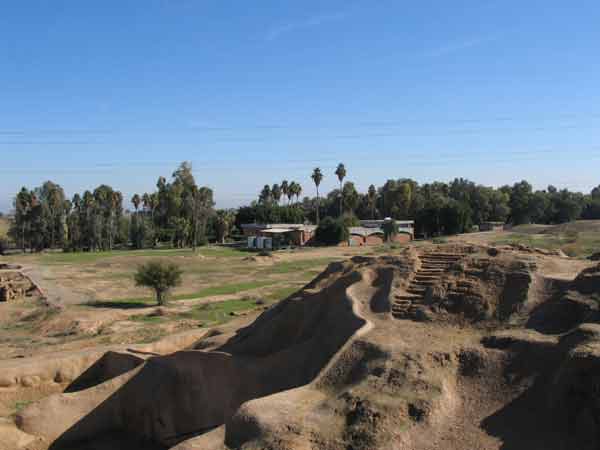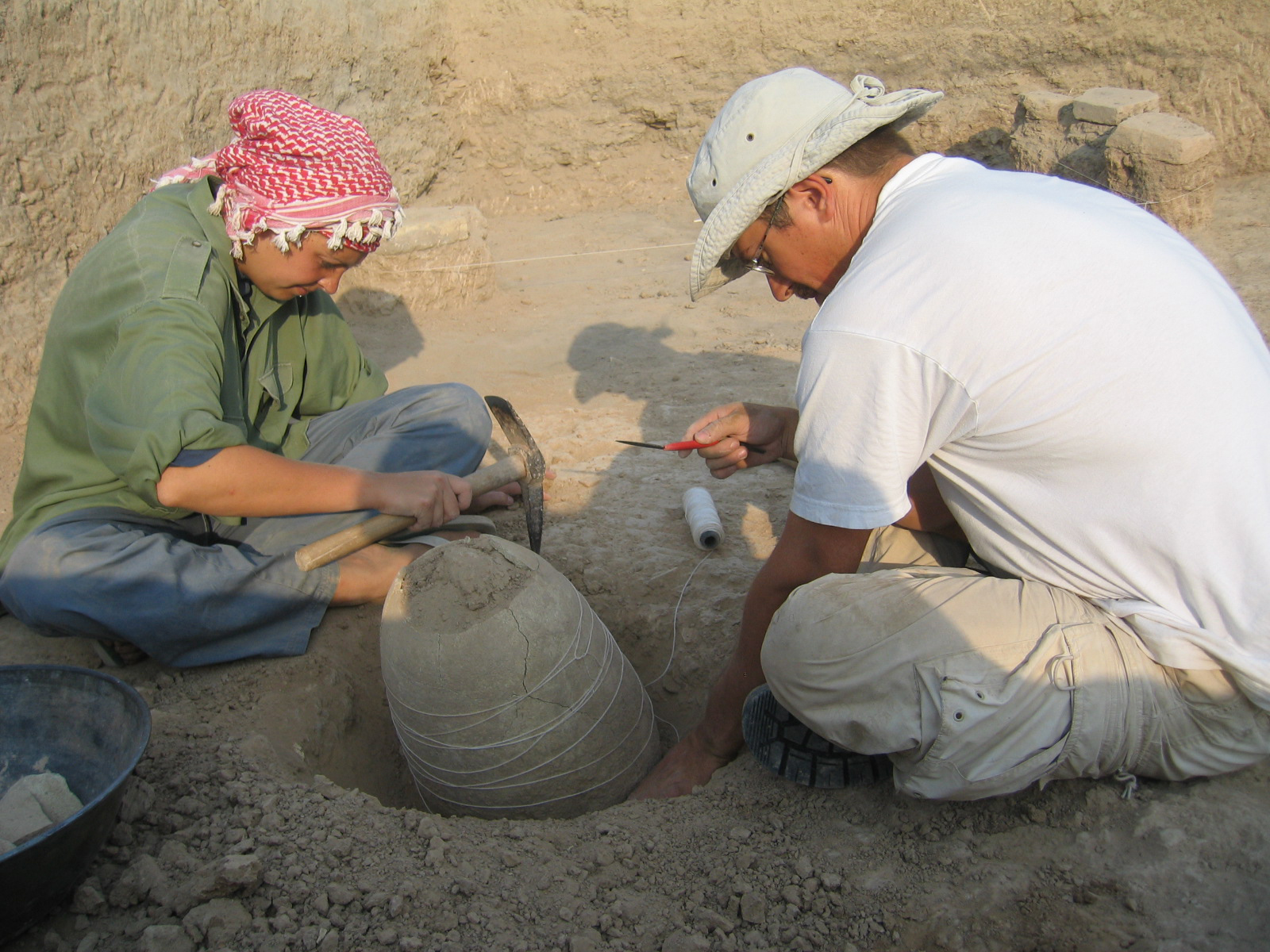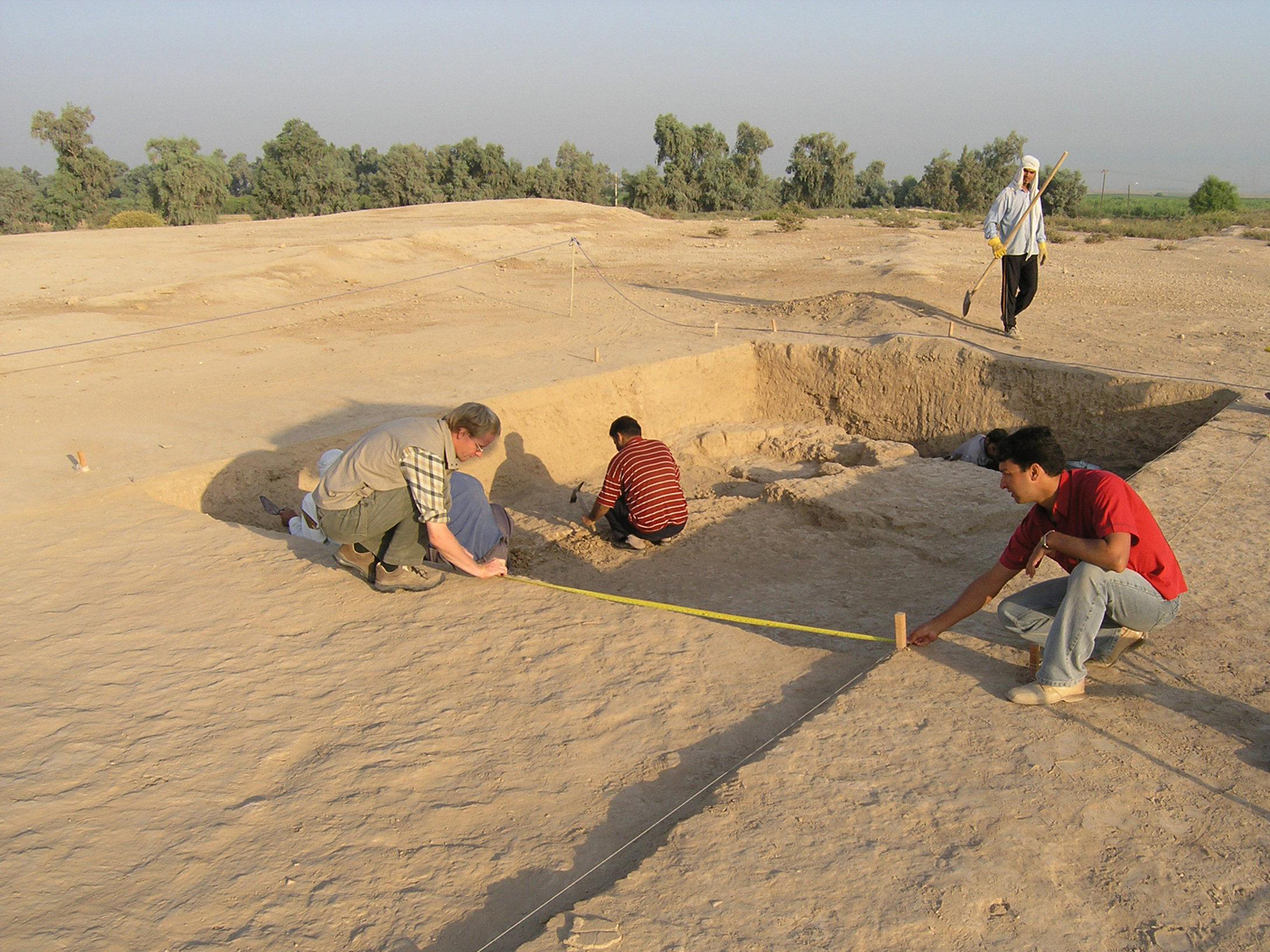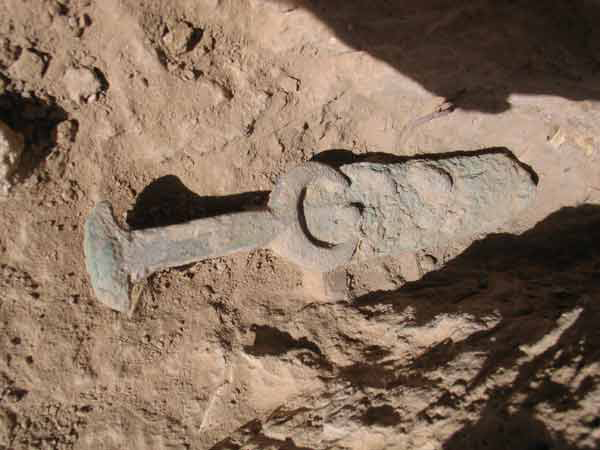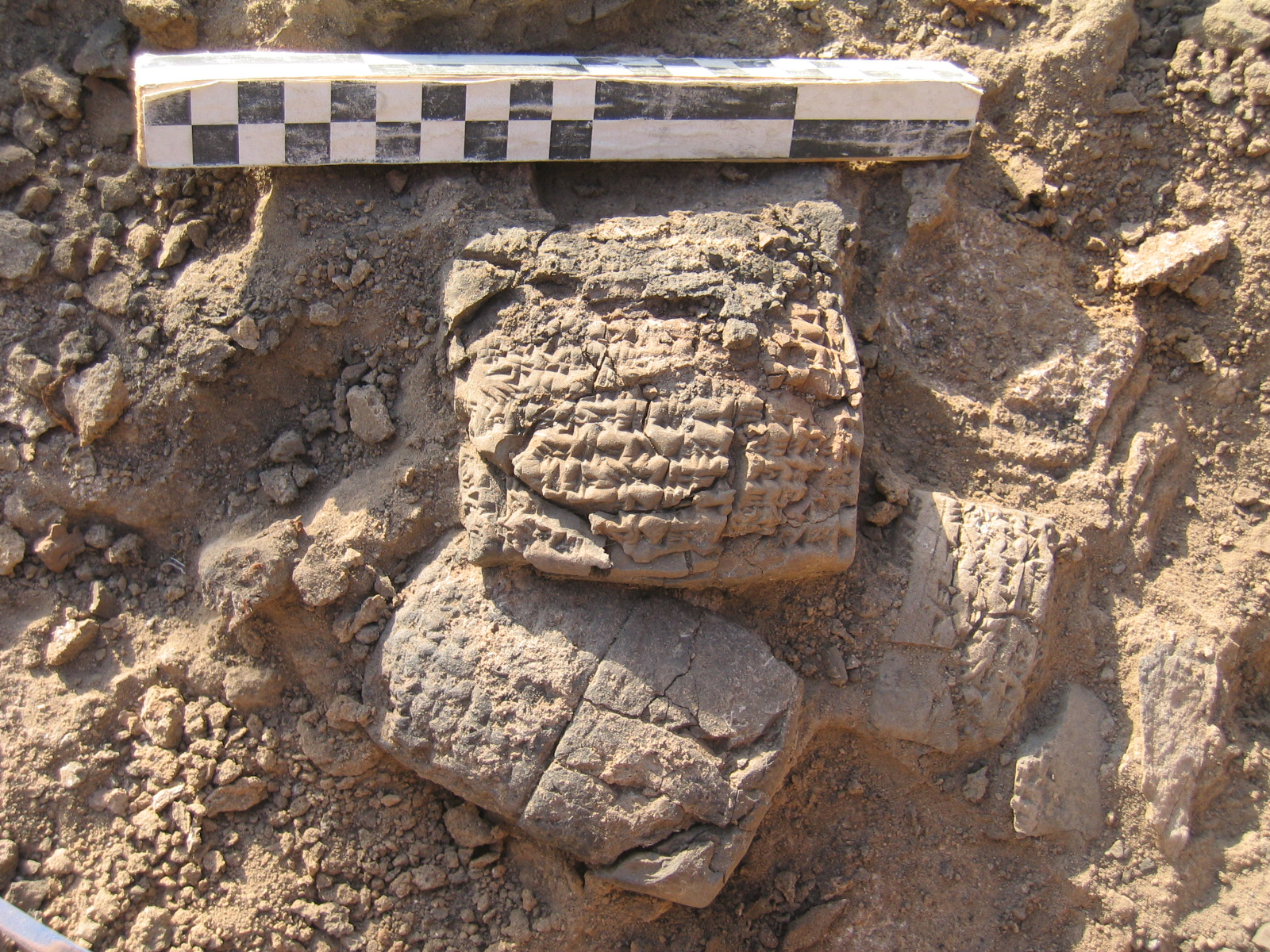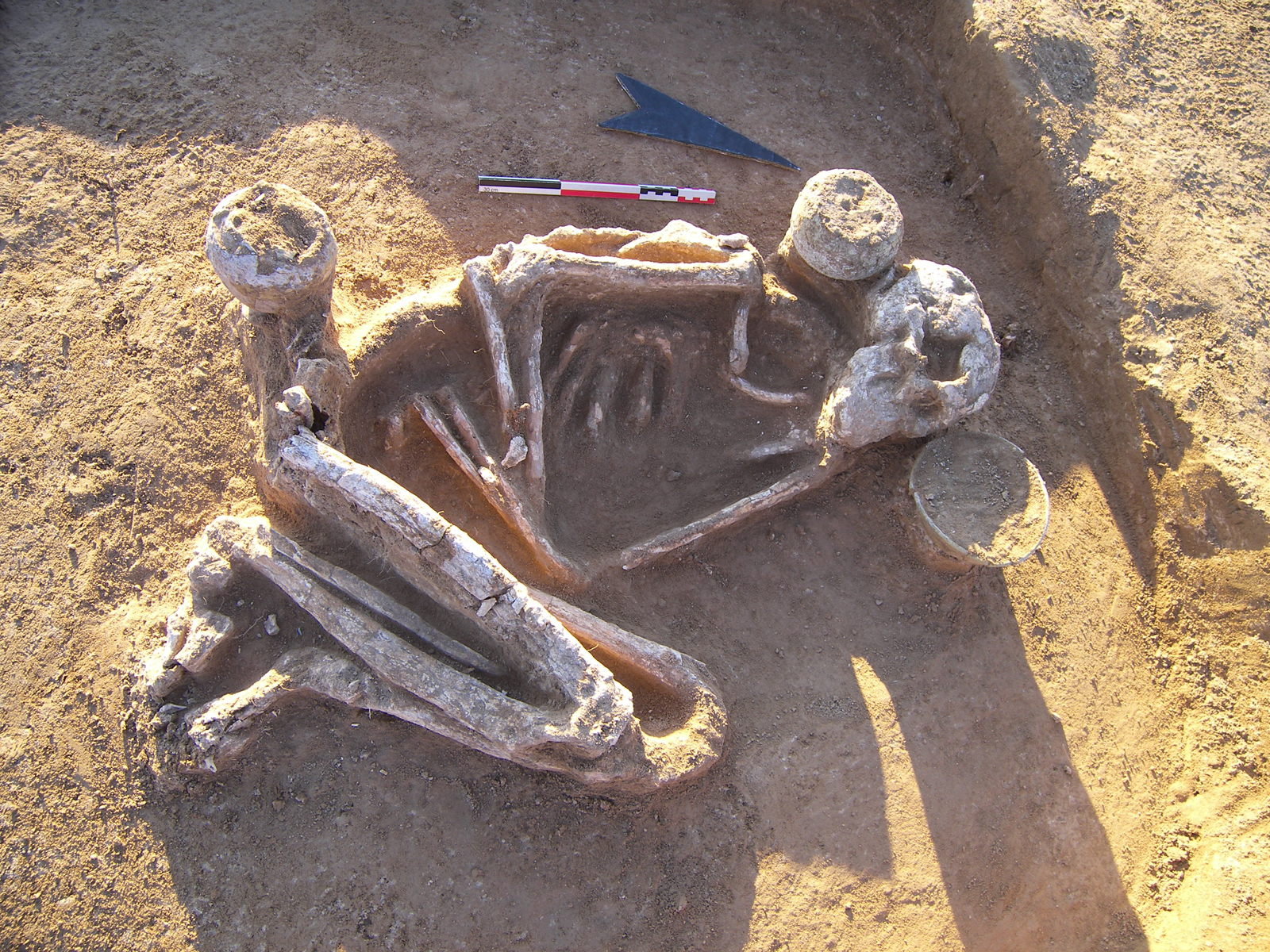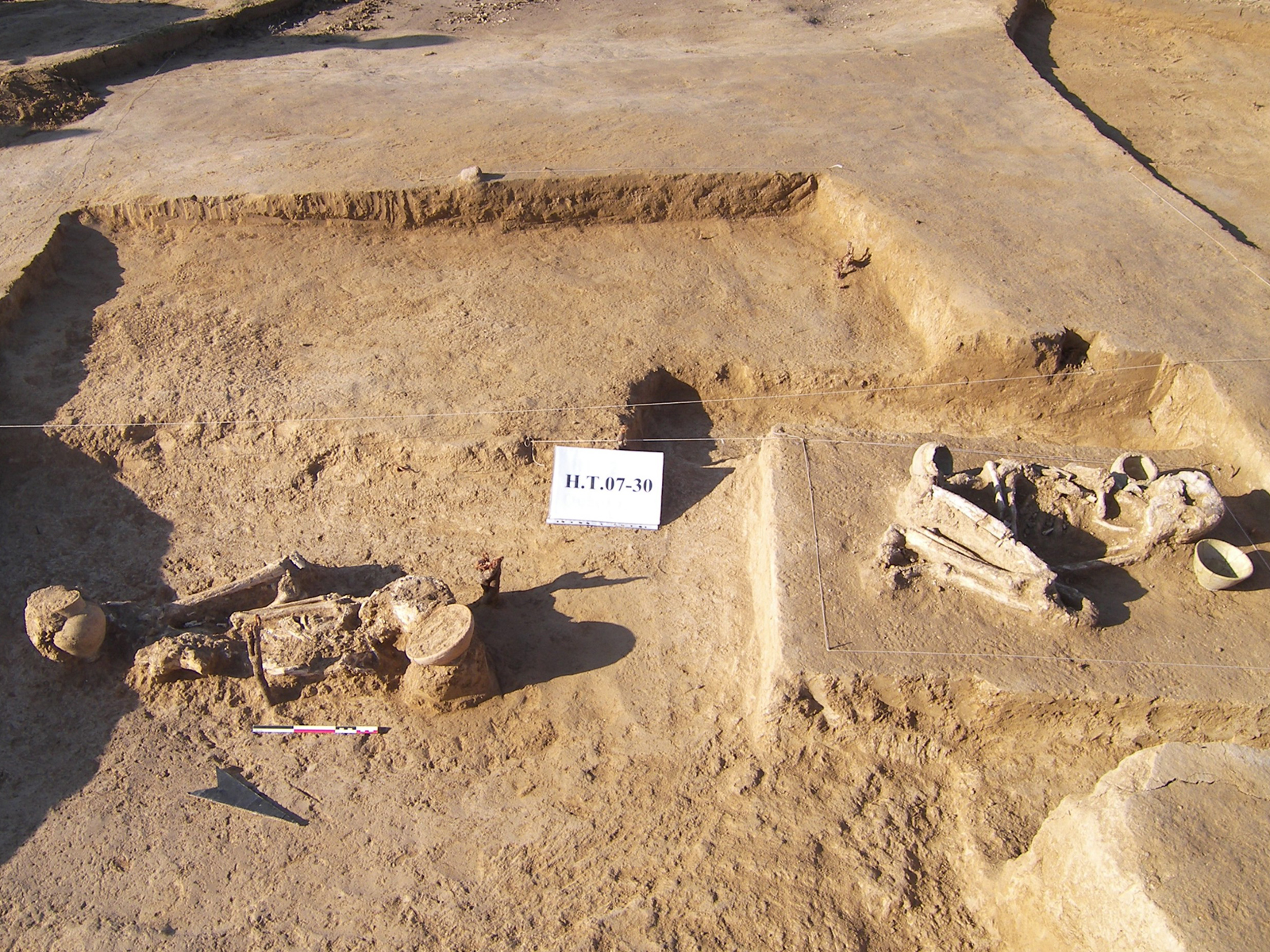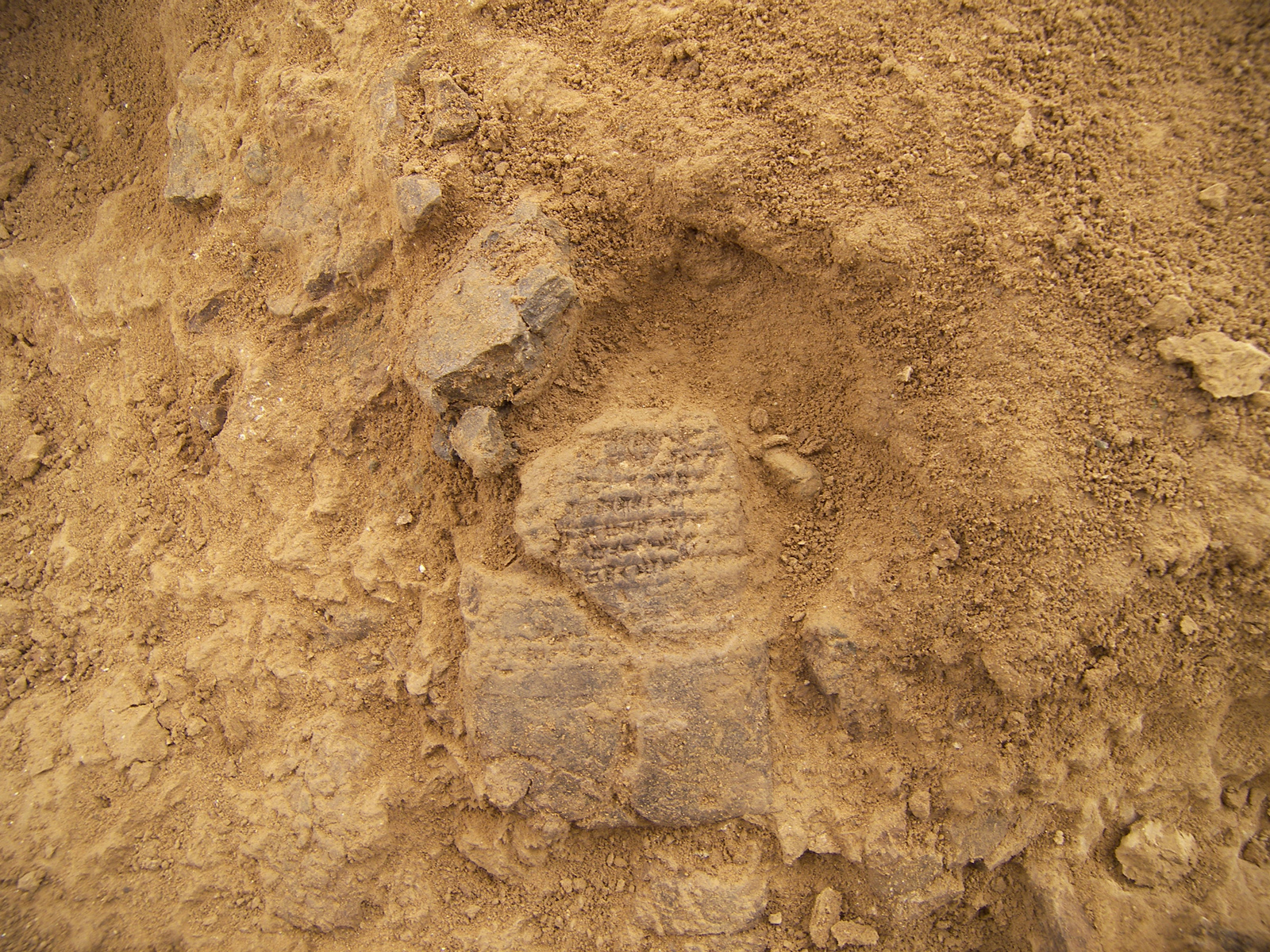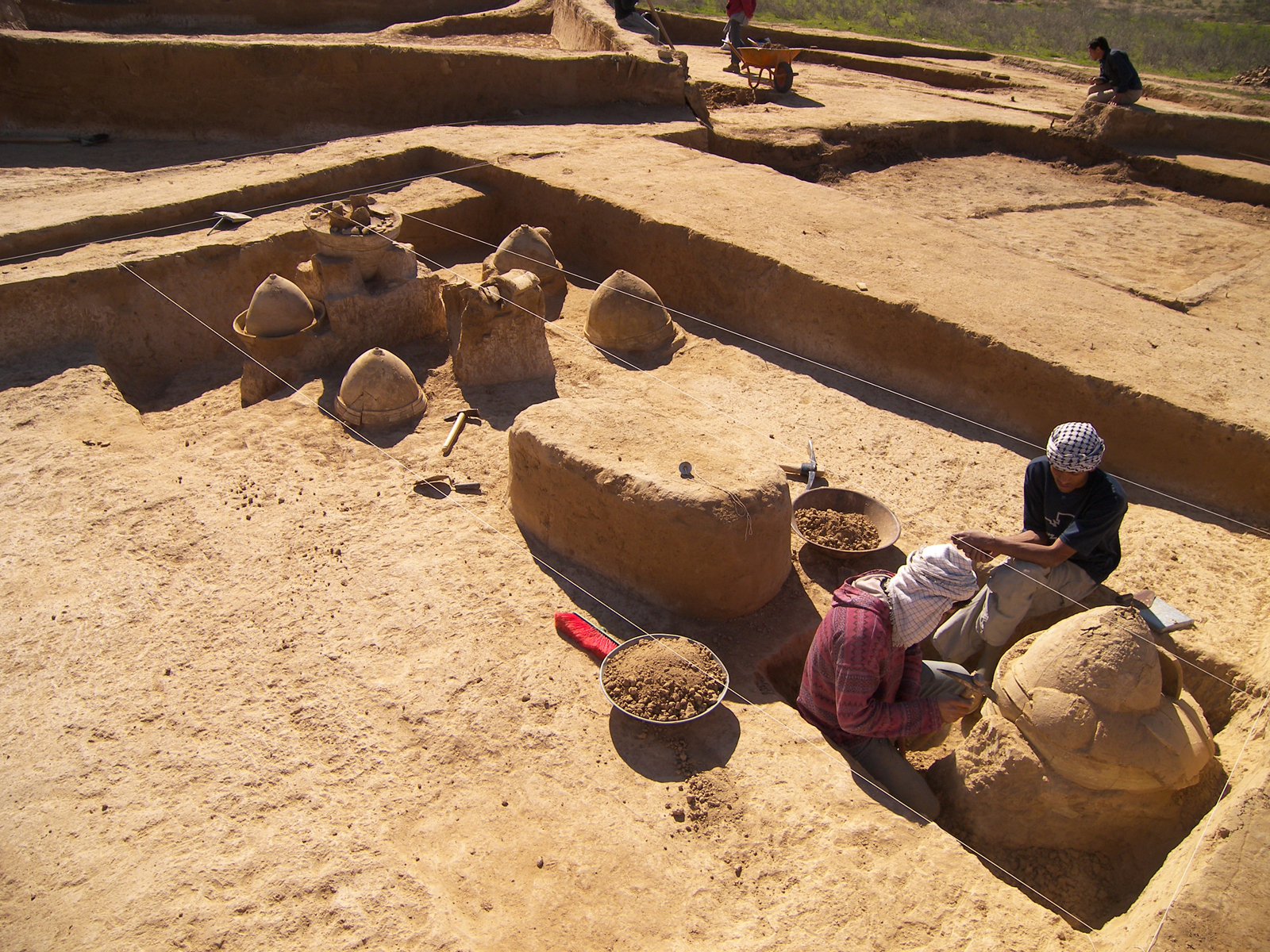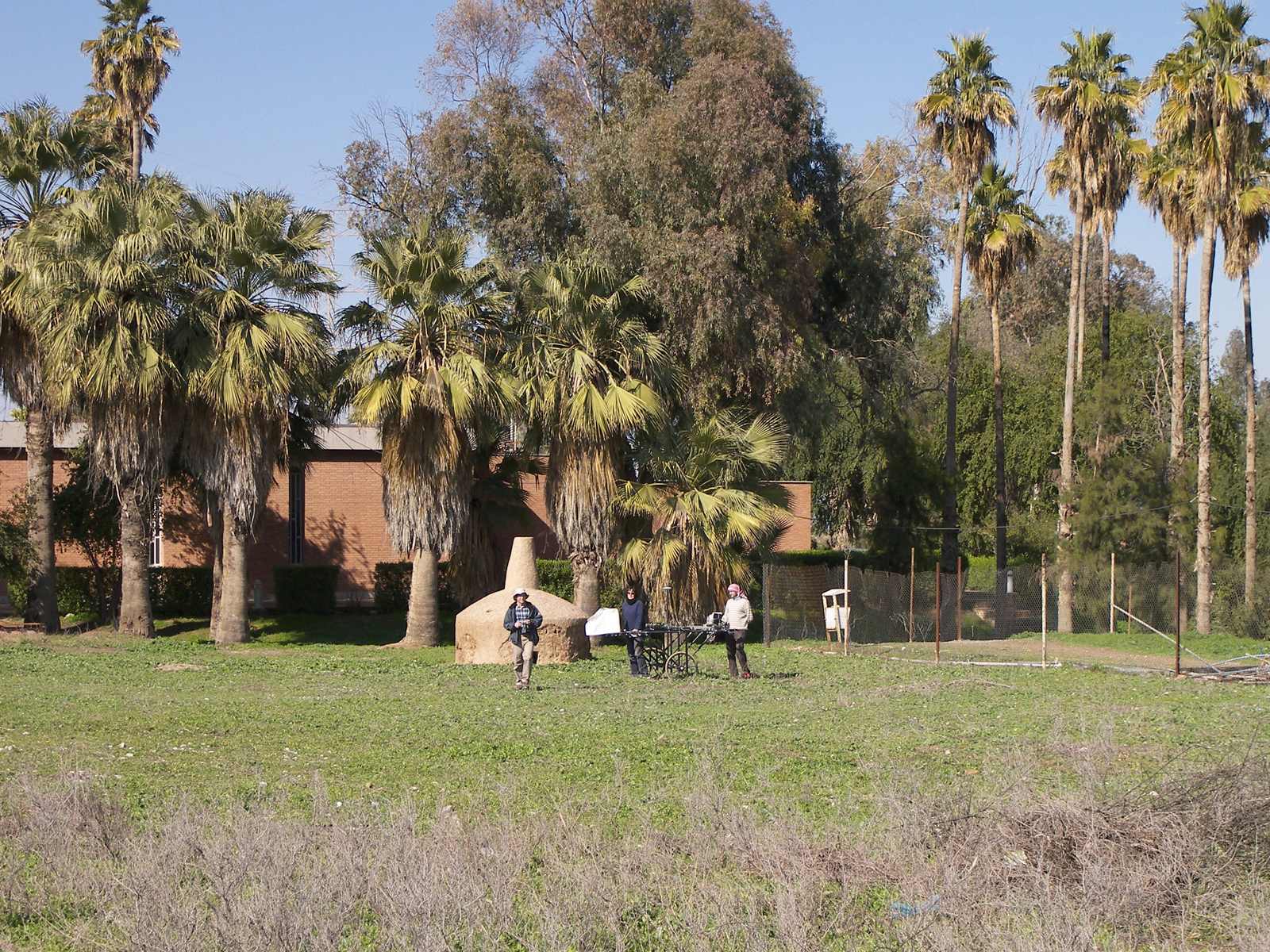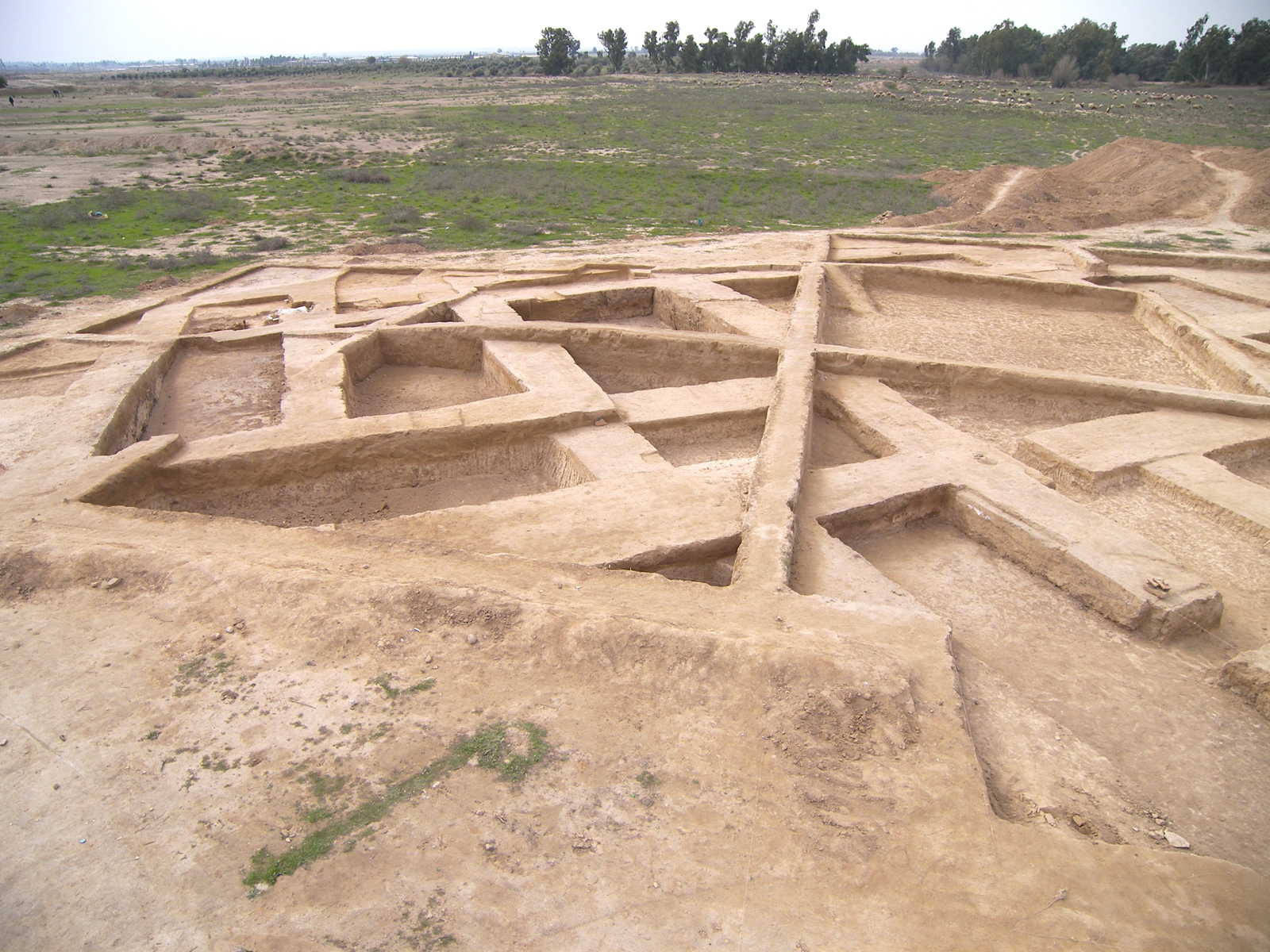Ancient Near Eastern Studies researchers from Mainz University are undertaking a large scale survey of the ancient Elamite city of Kabnak
03.04.2007
During archaeological excavations within the ancient Haft Tappeh site in what is now Iran, researchers from Johannes Gutenberg University Mainz (JGU) have uncovered an administrative building dating back to the 14th century BC and have also surveyed large areas of the site. The excavations were part of the third campaign undertaken in cooperation with the Iranian Cultural Heritage Organization. After 25 years in which the country had been inaccessible to such research, the archaeologists from Mainz were the first representatives of a German university to be allowed back to the ancient cities in the area in early 2005. The project is being funded by the German Research Foundation (DFG).
It was while undertaking extensive excavations from December 2006 to February 2007 in the ancient Elamite city of Kabnak located in present-day Haft Tappeh that the researchers exposed an administrative building dating back to the 14th century BC. Three rooms had been used as archives for clay tablets bearing cuneiform script written in the Akkadian language. The texts are mostly inventories of items required by the cavalry. Inside the building, several oblong rooms arranged parallel to each other were also discovered; these were presumably used to store the items listed in the inventories. "The plaster on the wall had been decorated using a reddish paint," explained Dr. Behzad Mofidi-Nasrabadi about the find. "The building was destroyed by a fire and the remaining ruins were used as a burial site shortly afterwards." The dead with their grave goods were interred in sarcophagi or other large vessels or simply buried in the ground.
Furthermore, large areas of the ancient city were subjected to a magnetic survey in collaboration with geophysicists from Kiel University. Additional monumental structures within the settlement boundaries were discovered during the survey and these will determine the planning of future excavations.
